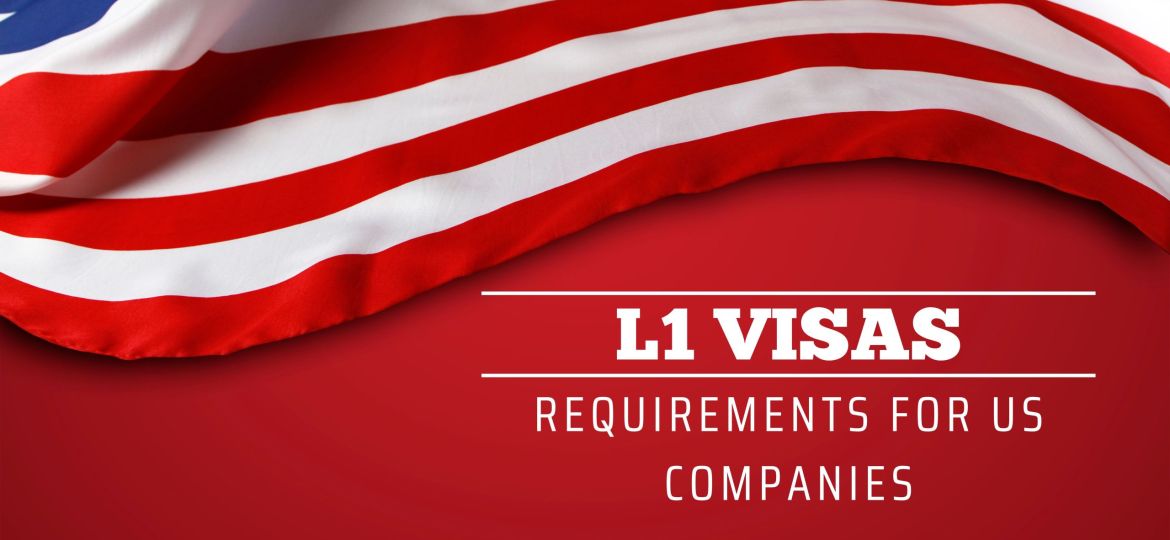
Foreign investors looking to expand their business to the U.S. often see L1 visas as an interesting option, since foreign companies can transfer employees to a US company with an intra-company US transfer visa. If you are a foreign investor looking to explore this option, continue reading this article.
What are the requirements to apply for an L-1 visa?
The L1 visa does not allow for self-petitioning. The petition must be filed by the sponsoring US company on behalf of the employee. The US company is the petitioner, and the individual seeking the L1 visa is the beneficiary.
Generally, the requirements are the following:
Qualifying Relationship: The petitioner must have a qualifying relationship with the foreign company, such as being a branch office, parent company, subsidiary, or affiliate.
Employment: The beneficiary must have been employed by the foreign company for at least one continuous year within the past three years.
Position: The beneficiary must be seeking to enter the United States to work in a managerial, executive, or specialized knowledge capacity.
Documentation: The petitioner must provide supporting documentation demonstrating the qualifying relationship between the foreign company and the US company, as well as the beneficiary´s qualifications and employment history.
Approval: Involves submitting Form I-129 along with supporting documentation and must be approved by the United States Citizenship and Immigration Services (USCIS).
The L-1 visa has two subcategories: L-1A and L-1B. The difference between them is who they’re for and what you need to qualify.
L-1A Visa: Designed for managerial or executive intracompany transferees, the L-1A visa is characterized by the following aspects:
- Eligibility: To qualify for an L-1A visa, the applicant must have served at least one continuous year with the foreign company within the preceding three years and intend to oversee the U.S. office or a significant department within it.
- Responsibilities: L-1A visa holders typically assume managerial or executive roles, involving team management, decision-making, and operational oversight.
- Duration: Initially granted for up to three years, L-1A visas can be extended in two-year increments, allowing for a maximum stay of seven years.
L-1B Visa: Designed for intracompany transferees possessing specialized knowledge, the L-1B visa is set apart by the following aspects:
- Eligibility: Applicants for the L-1B visa must demonstrate expertise in the company’s products, services, processes, or methodologies, having served one continuous year with the foreign entity within the preceding three years.
- Responsibilities: L-1B visa holders fulfill specialized roles demanding comprehensive knowledge of the company’s operations. While not managerial or executive, they are vital contributors due to their specialized expertise.
- Duration: Similar to the L-1A visa, the L-1B visa initially permits a stay of up to three years, with the option of extensions in two-year intervals, allowing for a maximum stay of five years.
Both L-1A and L-1B visa holders may pursue permanent residency (green card) through employer-sponsored employment-based categories, provided they meet the stipulated criteria. Our service provides a straightforward route for individuals and businesses dealing with US immigration and tax laws. By employing strategic tax planning and establishing US-based companies as sponsors, we simplify the process of intra-company transfers through the L-1 visa program. If you need further assistance, schedule your 15-min free call here.
